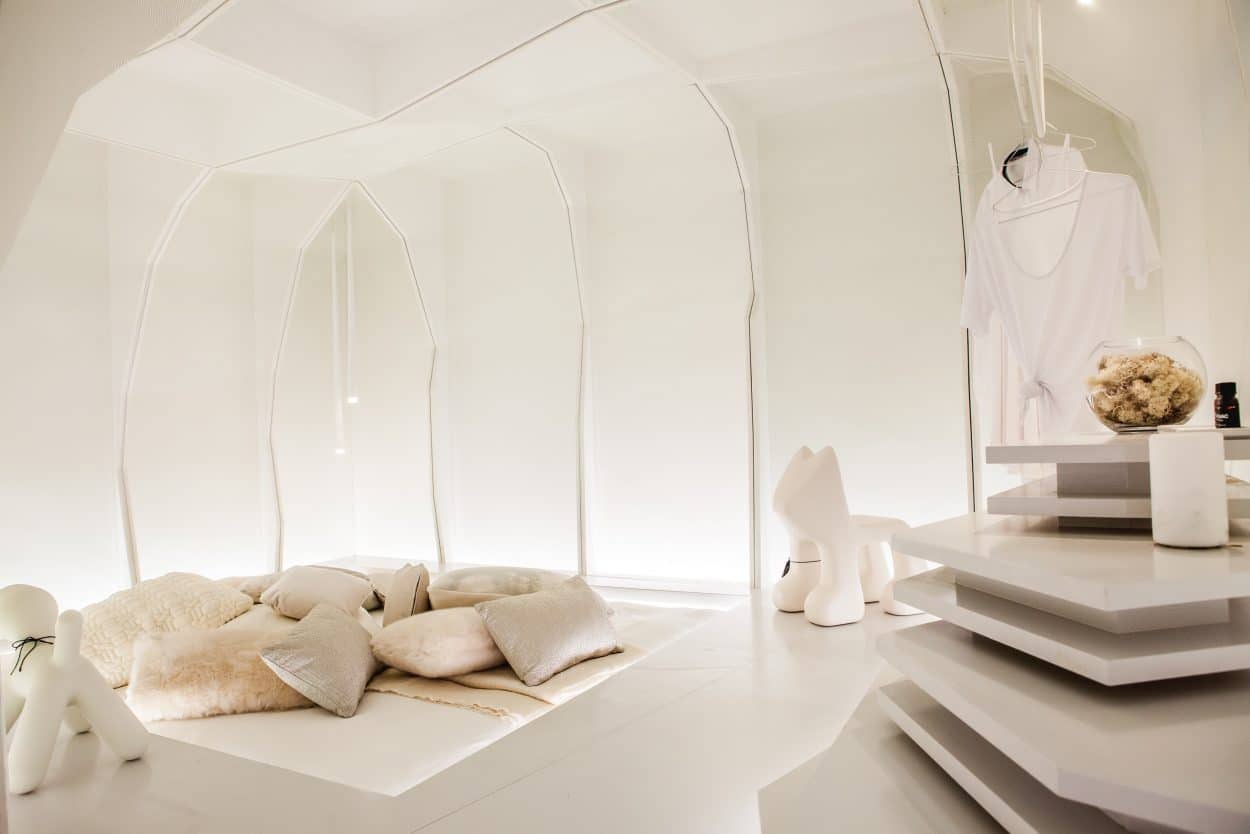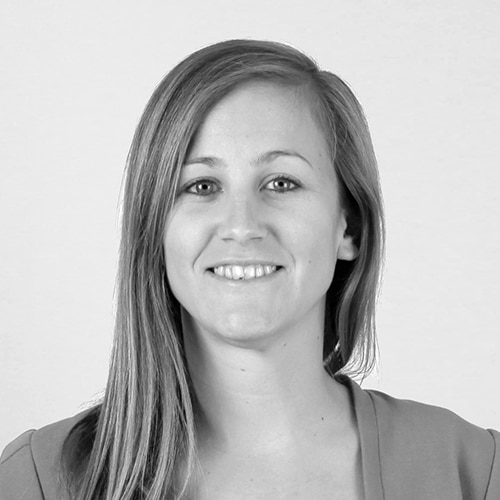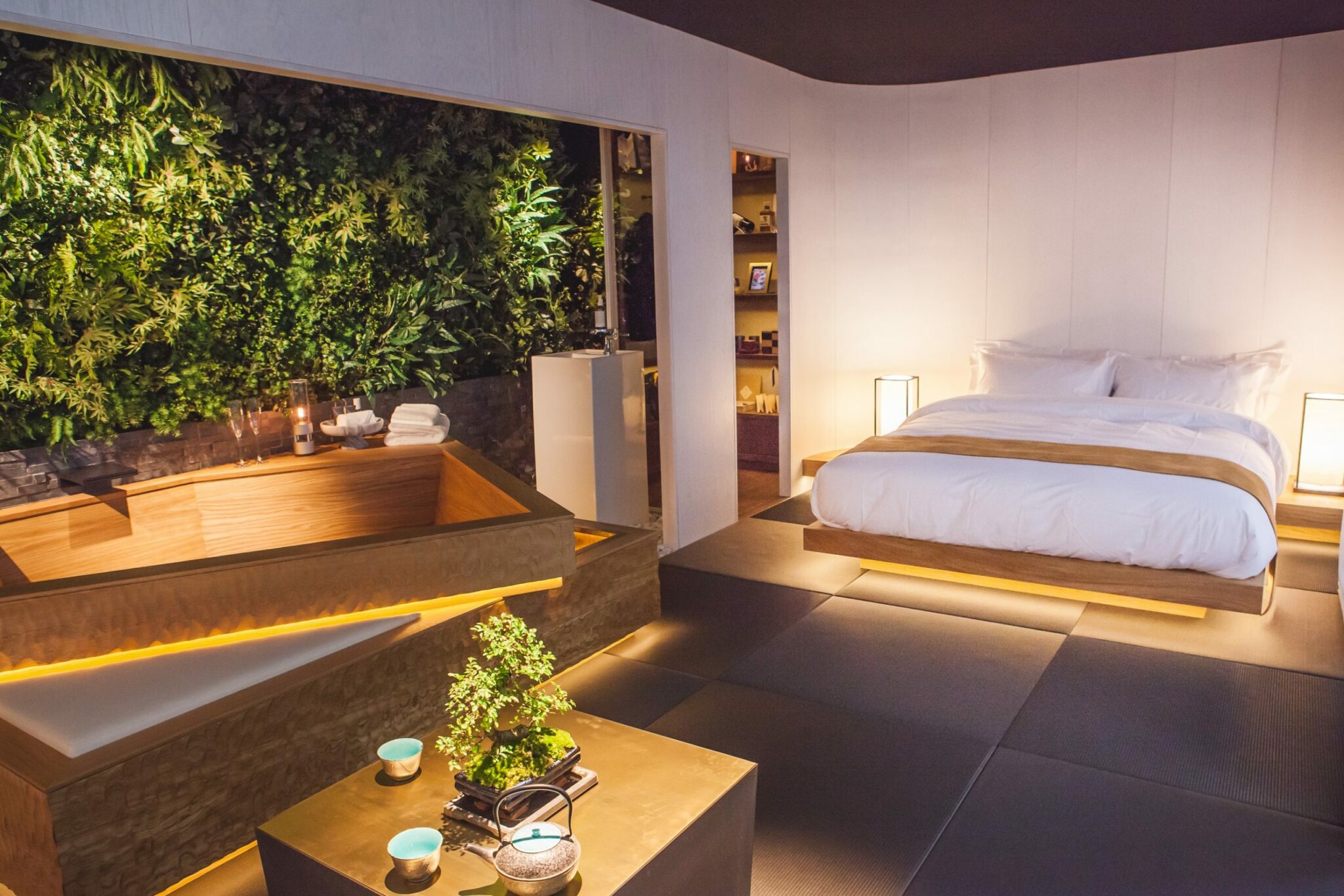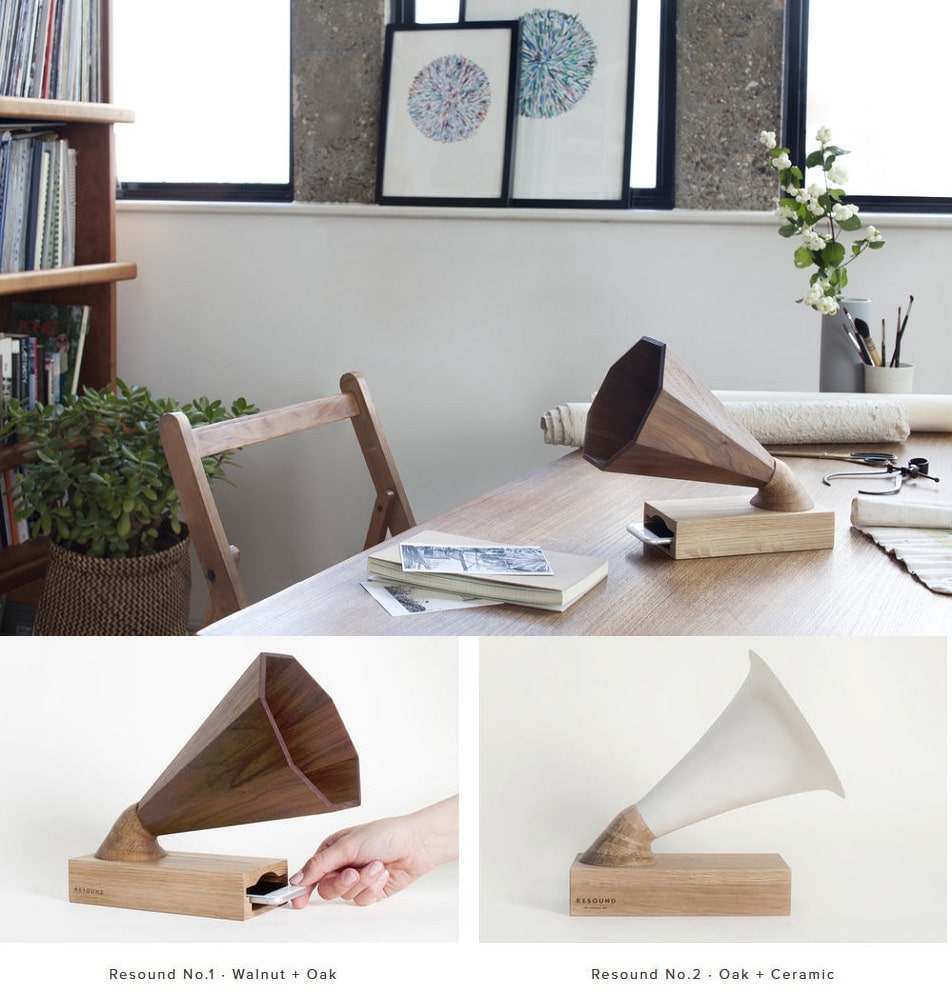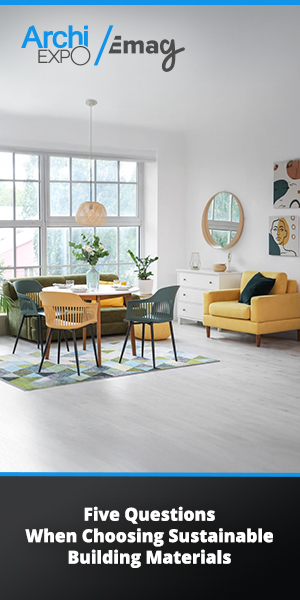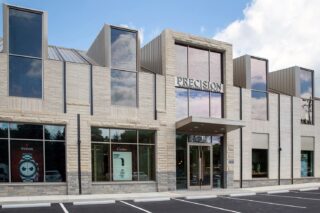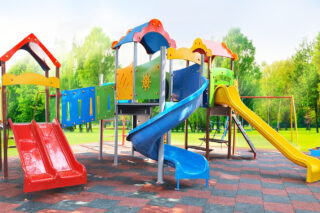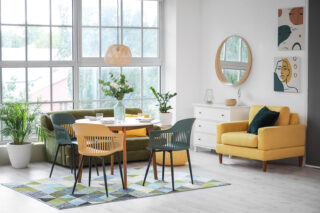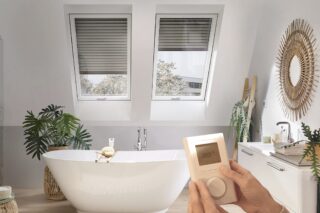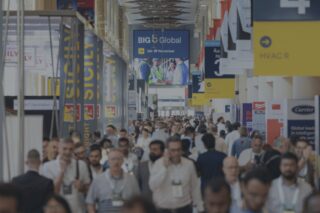London’s November hotel event Sleep challenges the context of hotel design and architecture for its 10th year running. Five design teams were invited to compete in this year’s competition under the complex theme Sinus-Milieus, a scientifically validated model that charts people’s changing values and every day “lifeworlds,” revealing the common attitudes of each group.
For the Sleep Set competition, five of the nine recently defined groups were selected: sensation-orientated, intellectuals, established, performers and digital avant-garde.
“Designers usually go with trends instead of thinking about the consumer,” Matthias Arnold, senior market research manager at the Sinus-Institute, told ArchiExpo e-Magazine. As the hotel industry faces the digitalization challenge, wondering how best to tackle it, Arnold explains that “not each target group wants a digitized experience.”
The brief helped the designers develop new ideas in regards to client experience, Arnold concluded, when a member of WOW design team told him,
“This information is really a game-changer for the hotel industry.”
The brief? One 28-square-meter room containing a sleeping area, a bathroom and a free zone—open to the team’s imagination. Every detail had to be oriented toward the team’s designated tribe.
Sensation-oriented
“Sensation-oriented and searching for fun, thrills, action and entertainment, with a desire to escape, leading to ever-changing experiences and sub-culture,” as defined by Sinus-Milieus.
The Aukett Swanke design team designed their free space as a social gathering area and focused completely on interior design and less on furnishings. Acoustics changed according to the room, and the lighting could be adjusted to alter mood setting. They went for a more abstract feel, targeting fabrics for an emotional experience, while the floor was prepared for high traffic. Seventy-two individual cassettes form the structure of the set, with the room lining formed in a fiberglass mesh and the bathroom finished in a high-gloss graphite lacquer.
“Throughout the day we could see people hanging out, chatting or just relaxing,” Nick de Klerk from London-based Aukett Swanke told ArchiExpo e-Magazine. “It’s crucial to understand the clients, and it’s rewarding to see the results.”
The sensation-oriented tribe #sleepset room from @AukettSwanke incorporated a bespoke washbasin from Laufen #sleep16.
Intellectuals
“They place emphasis on a work-life balance, pursuing personal development through cultural and intellectual interests rather than material goals,” as defined by Sinus-Milieus.
Nothing typical about the WOW Architects’ sleep set with the bed on the ceiling and the bathtub in the middle of the main room. The team selected an atypical design to create intellectual debate. It got visitors asking themselves “Why?”
“Everyone’s answer was very different,” Chiu Man Wong, one of the founding directors of WOW Architects, told ArchiExpo e-Magazine.
WOW Architects selected various vendors working with strong, real materials. An intellectual touching the wood floor could, for example, feel the grain of the wood—an intellectual would know the difference.
The brief was a logical way of looking at the project, according to Wong.
“For the Sleep Set competition, it was more scientific and well analyzed. It’s not usual for hotel brands to have this kind of clarity about its clients because they have a variety of personalities staying at their hotel, but they could consider focusing on a more precise group for a unique selling point.”
Established
“Natural leaders: performance-driven, status-conscious and assertive, they have exclusive tastes, conservative moralities and take pride in connoisseurship,” as defined by Sinus-Milieus.
Mitsui Design designed a closet named the Five Sense Library next to the bed, in which each shelf signified the five senses. Not confined to the closet, every texture, color, sound and aroma in this room plays with the guest’s senses. Mitsui Design got most of its materials in the U.K. but provided some Japanese essence and techniques along with a Tatami flooring from Japan.
“It’s so soft when you step on it.”
Building up a design with a Western luxury style from an Asian point of view seemed impossible, according to designer Megumi Kanda who spoke to ArchiExpo e-Magazine, so they disregarded Western and Eastern backgrounds.
For international hotel projects, it’s important to keep in mind that “even if it’s very common in your own country, it won’t necessarily make sense in other countries.”
Mitsui already analyzes the target of customers like age, gender, their preferences and so on; however, this is a first for such precision in group targeting.
“Because of the widespread use of Internet and social media, it becomes difficult to analyze the customers only by their age, gender, or nationality. I think it’s very important for the hospitality design field to focus on this kind of feature to call for the customer more specifically and to differentiate from other hotels.”
Performers
“Self-determined, flexible and socially mobile, through multimedia fascination, hard work, and high achievement, the performers seek an intense, successful and fun lifestyle,” as defined by Sinus-Milieus.
Studio Proof team invented a fictitious character, Jo Anderson, to fit the above profile, and created an entire brand to go along with it: Hotel Confidential. The team faced the challenge of turning 28 square meters into a three-room sleep set for an individual looking for both luxury and space.
“When designing for performers, you have to be very clear about what you’re putting in the room, and what you’re leaving out.” David Morris, creative director at Studio Proof said in an interview with ArchiExpo e-Magazine. “They want to stay in places that a lot of effort has gone into.”
No phone, no remotes, but a library of products accessible via apps, and a performer will feel perfectly satisfied. Materials such as blue velvet, dark marble, brass metalwork, handmade glass—with silk put into the lamination—and other upscale fabrics transformed the performer’s sleep set into true luxury.
Listen to David Morris on designing for performers, the construction of his team’s sleep set and the transition challenge for the hotel industry in the SoundCloud interview below.
Digital Avant-garde or Expeditionists
“A group of nonconformist individualists embracing the digital to enhance their lifestyle. As mobile socializers with no fixed dogma, their values are global and pluralistic,” as defined by Sinus-Milieus.
Gensler earned first prize for its digital avant-garde Sleep Set. Their community-focused hotel was set in a hypothetical southeast London location. The social core of the space could alternate between a workshop for creatives and a communal kitchen with integrated induction heating within the tile top.
The guest room had two single bed frames that could be joined together to create a double bed, two separate beds or stacked on top of each other to create a sofa for socializing or working. In this room, there was a TV screen that guests could access through smartphones or other technologies.
Gensler incorporated Salvatori Lithoverde tiles in the bathroom—the world’s first recycled stone texture made from 99% of stone offcuts, as well as felt for the walls and ceiling of the bedroom, made from sliced BuzziSpace panels, upcycled to make a new material.
They featured products by independent designers such as molded leather stools by Tortie Hoare, organic amplifiers by Camilla Lee, timber-crafted side tables by Dunia Tigris, glass-blown vessels by Pia Wustenberg and Surface Tiles & Condiment Set by Jennifer Gray.
This concept is the start of a conversation about what’s going on in the hotel industry today and how the future might evolve. It’s a re-imagination of the traditional hotel, exploring how sharing ideas, experimenting and working together, can see a hotel developing with the community.
Claire Richmond, a senior associate at Gensler, speaks to ArchiExpo e-Magazine. Listen to the interview in the SoundCloud below.
The Only Show of Its Kind
“Last year’s Sleep event was typically met with the response, ‘Wow! What will you do in 2016?’”, says Joe Butler from UBM, event manager for Sleep. “This year’s Sleep created the best visitor experience and most inspiring content yet. Once again, we celebrate record-breaking visitor numbers and exhibitors, who have already re-booked, and once again Sleep defines itself as the only show of its kind. The question now is, ‘What will we do in 2017?’”
